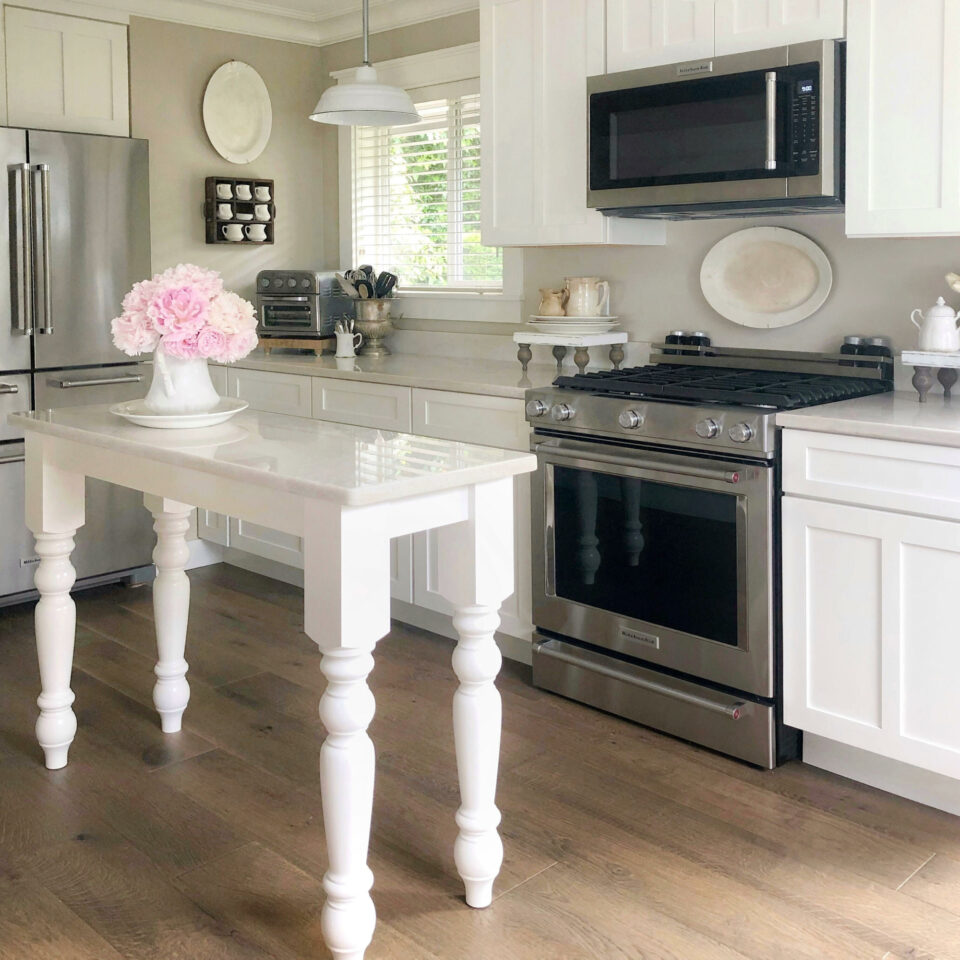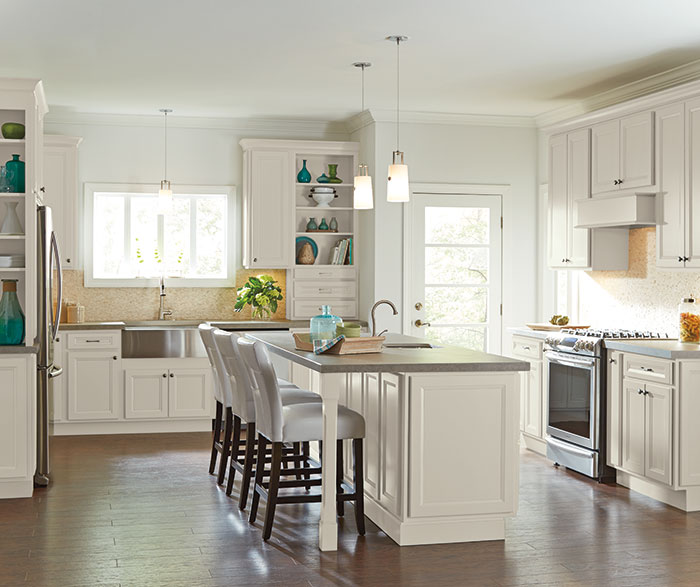Selecting the Suitable Kitchen Island Leg for Toughness and Capability
Wiki Article
The Significance of a Sturdy Kitchen Area Island Leg in Producing a Useful Cooking Location
A sturdy kitchen island leg serves as a fundamental element in developing a practical food preparation setting, giving required assistance for both the counter top and different kitchen area tasks. The security it uses can significantly lower the risk of crashes in high-traffic areas, while additionally adding to the total aesthetic comprehensibility of the room. As kitchen areas advance into multifunctional locations for cooking, eating, and socializing, the selection of products and layout factors to consider for island legs comes to be significantly essential. Comprehending these elements can change your cooking area into a much safer and more effective location, motivating more expedition into the very best choices offered.Benefits of Sturdy Island Legs
Providing important support, strong kitchen island legs play a pivotal role in improving the capability and toughness of kitchen islands - kitchen island leg. These legs not only bear the weight of the counter top and any additional items put on the island, but likewise add to the overall security of the structure. A well-supported cooking area island makes sure that it continues to be functional and upright, also under hefty usage, which is especially essential in active kitchen settingsAdditionally, sturdy island legs can enhance the aesthetic appeal of the cooking area. They provide a solid structure that can enhance various style styles, from contemporary to conventional. This versatility allows property owners to customize their kitchen islands according to personal taste while making certain that the structural integrity continues to be uncompromised.
Along with their encouraging function, robust kitchen area island legs can also boost safety. A steady island decreases the danger of mishaps brought on by tipping or wobbling, which is particularly important in homes with youngsters or elderly individuals. Strong legs can facilitate a smooth flow of activities, allowing for reliable dish preparation and social interactions within the kitchen area area. Eventually, investing in strong kitchen area island legs is crucial for a useful and aesthetically pleasing cooking location.
Products for Cooking Area Island Legs
When picking materials for kitchen island legs, longevity and aesthetic appeal are critical aspects to take into consideration. One of the most typical materials include hardwood, steel, and engineered timber, each offering distinct benefits.Hardwood, such as oak, maple, or cherry, is a classic selection because of its toughness and classic beauty (kitchen island leg). It can stand up to substantial weight and is immune to use, making it perfect for high-use kitchen atmospheres. Additionally, wood can be stained or repainted to complement different kitchen styles
Steel legs, usually crafted from stainless-steel or wrought iron, give a contemporary and commercial look. They are unbelievably strong and can sustain substantial tons while being immune to wetness and heat, which is helpful in a cooking area. Metal legs can additionally be quickly cleaned, improving their functionality.

Design Factors To Consider for Stability
The selection of products for kitchen area island legs directly affects the design factors to consider for security. When developing a kitchen island, it is extremely important to examine the weight-bearing capability of the chosen products. Heavier products, such as solid timber or steel, normally provide greater security, especially under the anxiety of daily usage.Furthermore, the leg layout need to integrate proper geometry to improve stability. A broader base enhances the assistance area, decreasing the threat of tipping or tottering. Consideration should likewise be given to the height of the legs; out of proportion leg sizes can bring about inequality, compromising the general security of the island.
Additionally, the distribution of weight across the island is essential. Ensuring that the leg positioning aligns with the heaviest elements, such as home appliances and counter tops, will certainly further enhance security.
Upkeep Tips for Longevity

Depending on the material of the legs-- whether timber, steel, or composite-- suitable cleaning techniques need to be employed. Steel legs may need a light polish to prevent corrosion and maintain their radiance.
In addition, tightening screws and screws routinely can make certain security and prevent wobbling. If the cooking area island experiences hefty usage, take into consideration reinforcing the legs with added brackets or sustains to improve resilience. Last but not least, using a protective finish or sealer can guard versus wetness and stains, prolonging the life-span of the legs. By adhering to these upkeep ideas, house owners can ensure their kitchen island legs remain useful and durable for several years ahead.
Choosing the Right Leg Style
Routine upkeep makes certain that kitchen island legs remain useful and tough, yet selecting the right leg like this style is equally essential for both aesthetics and support. The choice of leg style can substantially affect the total layout and harmony of your kitchen area.
Performance is another crucial facet. For example, thicker legs or those with a tough base can sustain heavier kitchen counters and tools, improving the island's energy. Conversely, slender legs might create an airy appearance, suitable for lighter designs but potentially less supportive.
Verdict
In summary, the importance of strong kitchen area island legs can not be overstated in the creation of a useful food preparation area. These legs provide essential support, improve security, and add to the general aesthetic of the cooking area.A tough kitchen area island leg offers as a basic element in establishing a functional food preparation atmosphere, offering necessary assistance for both the countertop and numerous kitchen area activities.Supplying vital support, strong kitchen island legs play an essential role in boosting the functionality and longevity of kitchen area islands. Ultimately, investing in tough kitchen area island legs is crucial for a practical and aesthetically pleasing cooking area.
Factor to consider should likewise be offered to the height of the legs; out of proportion leg lengths can lead to inequality, endangering Visit Website the total security of the island.
Wooden legs supply warmth and a classic appearance, while steel legs offer a industrial and contemporary feeling.
Report this wiki page